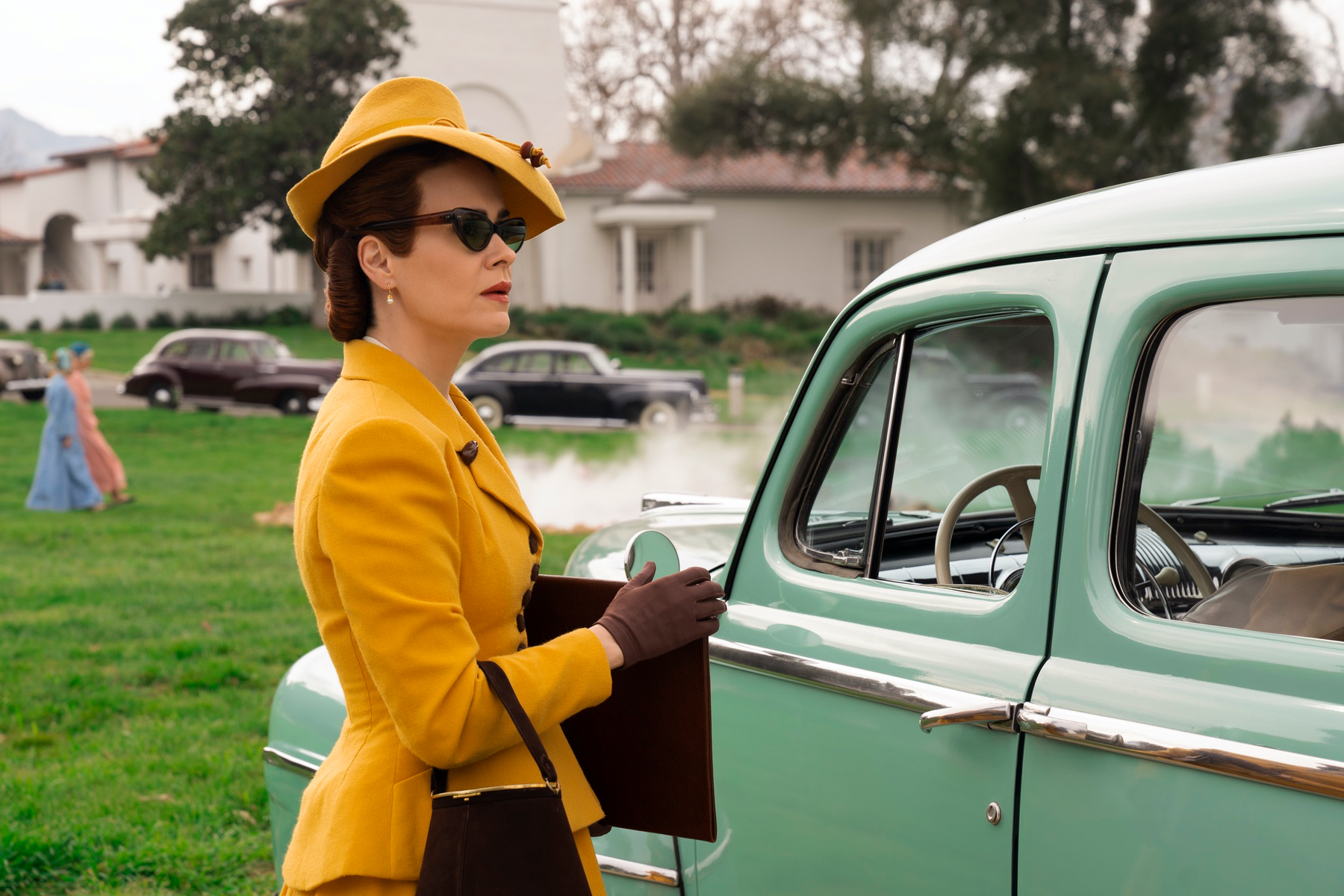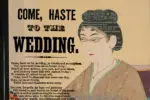On Sept. 18, Netflix released its first season of “Ratched.” Based on Ken Kesey’s 1962 novel “One Flew Over the Cuckoo’s Nest,” the book is narrated by Bromden, a patient at a psychiatric hospital. “Ratched” follows the character of Mildred Ratched to Lucia State Hospital in Northern California where she manipulates her way into a job as a nurse.
Set in the late 1940s, the show is still timely because of its central themes of mental illness and corruption. Most compelling was the show’s representation of the monstrosities of mental health treatment, as well as a twisted public view of LGBTQ+ identities.
We can view “Ratched” through a feminist lens via its developed female characters; the show also provides a fascinating look at what it meant to be a woman during that era. Let’s begin with the show’s namesake, Mildred Ratched. Right from the beginning, it is obvious that Ratched is authoritarian. She has a personal agenda and her Machiavellian ways open up the doors she needs. And that’s pretty “masculine” and deviant of her in such a time.
Firstly, she needles her way into Lucia State Hospital by providing a letter from the desk of Dr. Hanover. His secretary, Nurse Bucket, knows that neither she nor the doctor wrote such a letter, but Ratched insists that it is from Dr. Hanover. She waits for an interview and when the doctor returns, she promptly greets him and does not hold back her displeasure toward his tardiness — her time is valuable after all.
Dr. Hanover is shaken by the nurse’s appearance but complies; when he admits that he did not write to her, Ratched makes a snarky remark about how clerical issues are bound to happen under a head nurse like Bucket. Despite her success in getting to Dr. Hanover’s office chair, he apologizes because he cannot offer her a position unless there’s an opening.
Lucky for Ratched, she happened to be at the right place at the right time a few minutes prior. She was in the hallway when she heard noise from one of the rooms. Swift to investigate, Ratched walks in on a nurse having an affair. Bingo. Ratched has blackmail material.
If there’s one thing we know about Ratched, it’s that she’s unable to take “no” for an answer. She gets her way by threatening to tell the nurse’s husband about her affair unless she packs up her house and her daughter and moves far out of town. Suddenly, there’s room for Ratched at Lucia State Hospital.
“Ratched” and Mid-Century Gender Roles
The affair is another side detail regarding women and infidelity in the ‘40s. Adultery was a much bigger deal socially, especially for a woman due to the stigma surrounding divorce and the taboo nature of women’s sexuality pre-sexual revolution.
Certainly, the motel owner Louise thinks poorly of promiscuous women when she catches Ratched’s new next-door neighbor staring at her. “And just so you know, if you happen to have any gentlemen callers, I’m going to know about it,” she warns, “And I do not run a house of ill repute. Do you understand me?”
Such threats don’t stop Louise from snooping on Ratched, though; she lurks by the door when the aforementioned neighbor makes a visit to Ratched’s room later on. That’s just how it went: Everybody had their preconceived notions and judgments about everybody else and maybe they’d eavesdrop and gossip, but in person, they’d hide behind their back-handed snide remarks because it was simply too taboo to even be upfront.
And let us not forget about the emerging 1950s nuclear family prototype that reinforced gender stereotypes: The male was the breadwinner and the female was the homemaker. While many women were still part of the “pink collar” workforce post-World War II and maintained jobs outside of the household (such as our nurse in question), there were still expectations to take on a subservient role to one’s husband.
What about women who do not wish to be attached to husbands? This leads us to another central theme of the show: women’s sexual identity. “Ratched” reveals the darker history of the viewpoint and subsequent treatment of homosexuality.
Lily Cartwright, played by Annie Starke, is a young housewife who is “suffering” from the disease of “lesbianism.” She goes to Lucia State Hospital where Dr. Hanover performs a failed lobotomy; Lily is then caught post-operation with another patient — a woman. Consequently, she receives hydrotherapy, a torturous bath in boiling water followed by a five-minute soak in ice water.
In an interview for Bustle, Starke explained why Lily is the show’s unsung hero: “[Lily is] very much a victim of not only the times, but of the societal mindset as a woman and as somebody in a community … that people found dangerous for their difference.”
The Intersection of Mental Health and the LGBTQ+ Community
“Ratched” unveils a larger issue surrounding LGBTQ+ identities and mental health. In fact, it was only recently in 1973 when the American Psychiatric Association removed the classification of homosexuality as a mental disorder from its “Diagnostic and Statistical Manual.”
While we’ve made leaps and bounds in the normalization of homosexuality, the atrocious history still feels relevant to see in a time when we’re still fighting for LGBTQ+ protections.
Lily is not the only instance of lesbian representation; Ratched also struggles with her queer identity, at first rejecting it. She catches feelings for the governor’s campaign manager, Gwendolyn Briggs.
Gwendolyn is in a lavender marriage, or a male-female mixed convenience marriage used to conceal the true sexual orientation of the individuals involved. She later leaves her husband Trevor to be with Ratched. The lavender marriage epitomizes both the social stigma of homosexuality as well as the necessity to maintain appearances — the perfect “nuclear family” style.
“Ratched” gives us an interesting glimpse into the past confines of femininity and womanhood: don’t be self-seeking (that’s masculine), don’t be sexual (that’s promiscuous) and don’t be gay (that’s a mental disorder).
While these boxes have since been destroyed in our current era thanks to many rebellious women such as our characters in “Ratched,” the themes are still topical; there are more strides to be made in the destruction of gender roles and equality for the LGBTQ+ community.

















